Second Lt. Frederick G. Humphrey was killed in action during Operation Market Garden in World War II. He left behind some letters, a few photographs, and many memories, but his family wanted more. They asked the US Army to send home his personal effects, but the Army was unable to locate any to send.
Almost 74 years later, that has changed.
Humphrey’s combat boots were unveiled during a ceremony at the 1st Battalion, 508th Parachute Infantry Regiment headquarters at Fort Bragg, North Carolina. The ceremony was part of the 82nd Airborne Division’s All American Week.
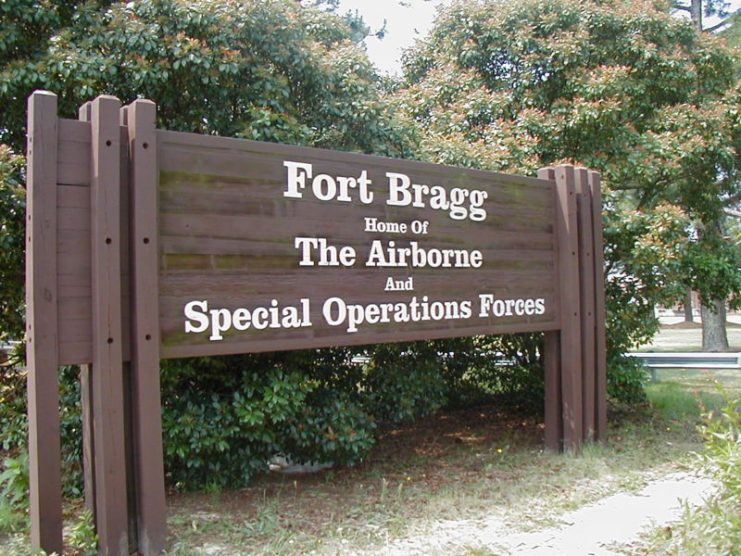
Current and former members of the 508th Parachute Infantry Regiment were on hand for the unveiling including retired Commander Sgt. Maj. Kenneth “Rock” Merritt who jumped with the regiment as part of Operation Market Garden along with Humphrey. The leaders of the two remaining battalions of the regiment were also in attendance.
The boots are on display as part of the history of the regiment and serve as a symbol of the 82nd Airborne Division’s legacy.
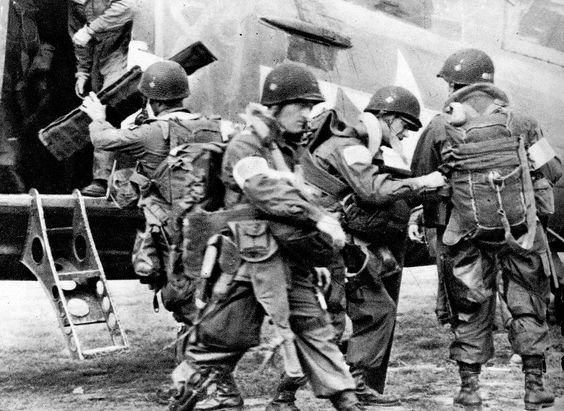
Humphrey served in H Company, 3rd Battalion, 508th Parachute Infantry Regiment. He jumped into combat and led a platoon on an attack on the eastern Holland town of BergenDal Beek-Kalorama which was occupied by German forces.
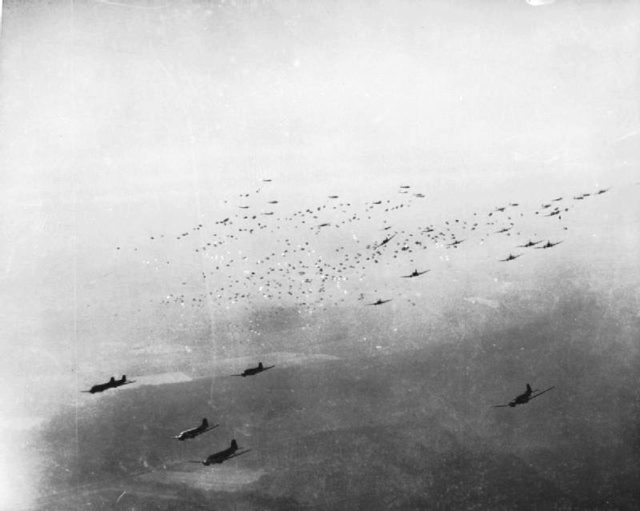
While giving orders, Humphrey was struck in the chest by machine gun fire. He was laid to rest in the US Military Cemetery Molenhoek, which is located near Nijmegen, Holland. Humphrey’s family received several letters from the Army after his death.
Father Joseph P. Kenny was the chaplain for the regiment. He wrote that Humphrey wouldn’t order his men to do anything he wouldn’t do himself, so he personally led the attack on that day.
Maj. Gen. James M. Gavin, who was commanding the 82nd Airborne Division at the time, complimented Humphrey’s leadership and discipline.

Capt. Howard D. Kinney, Jr. said that the success of the mission was due to men such as Humphrey. According to Lt. Col. Robert McChrystal, Humphrey’s family had asked the War Department for his belongings, but they were unable to get anything.

However, six months ago, a friend reached out to McChrystal. The friend was a brigade commander in the 101st Airborne Division who was working with historians in Holland.
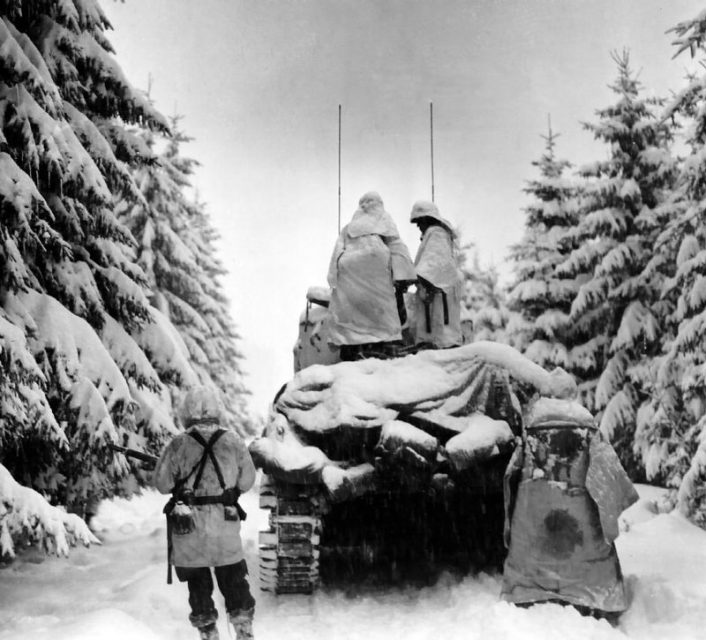
McChrystal then contacted Sgt. Maj. Thulai Van Maanan, an officer in the Dutch army who works to return WWII artifacts to the families of US troops.
A family in Holland had found the boots near the location of a field hospital in Nijmegen. They had kept the boots in the family the entire time since. Van Maanan was able to use a serial number to connect the boots to Humphrey, but he was unable to locate any living relatives.

The battalion then sent a sergeant major to Holland last week to retrieve the boots. They showed up in Fort Bragg on Saturday, just in time for All American Week.
According to McChrystal, there are various symbols that represent the airborne divisions, such as the airborne wings parachutist badge and the maroon beret. Still, he said, nothing represents the soul of a paratrooper like his jump boots.

Those boots were on him when he made his first jump at Airborne School. They were there for the innumerable miles of marches in training. The boots were the last thing in contact with the C-47 transport plane when Humphrey jumped during Operation Market Garden, and they were the first things to connect with the drop zone as he landed. And those boots were on his feet when he was hit with machine gun fire.
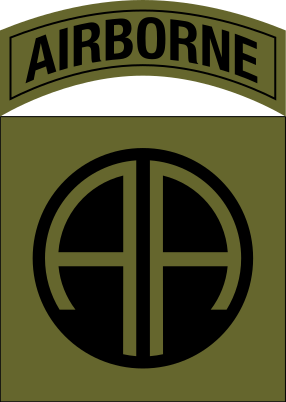
The boots will remain encased in glass to act as a reminder of the sacrifices made by many paratroopers over the years. They’ll be there to motivate the future generations of paratroopers to continue that legacy.
